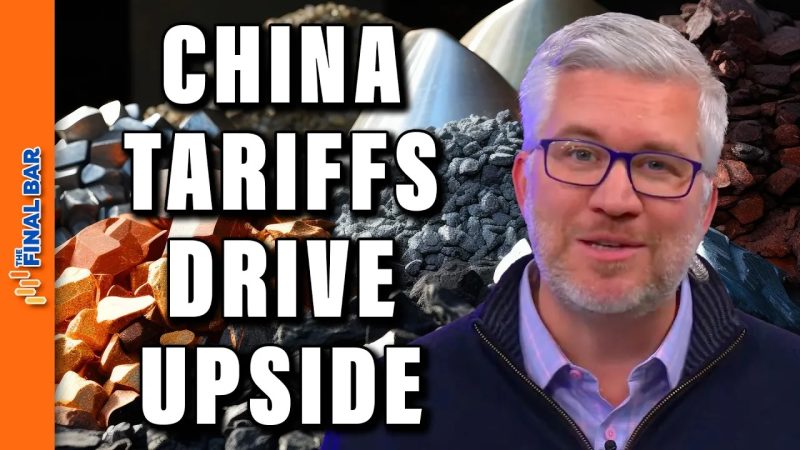China Tariffs Drive Upside for Rare Earth Minerals
The recent imposition of tariffs on rare earth minerals by China has sent shockwaves through the global market. Rare earth minerals are essential components in a wide range of technological applications, from smartphones and electric vehicles to military equipment. With China being the dominant producer of rare earth minerals, accounting for over 80% of global supply, any disruption in the market has far-reaching implications.
The United States, in particular, has felt the impact of these tariffs. As a major importer of rare earth minerals from China, the US is now scrambling to diversify its supply chain and reduce its reliance on Chinese exports. This has opened up new opportunities for rare earth mineral producers in other countries, such as Australia and Canada, to step in and fill the gap.
One of the key beneficiaries of the China tariffs is the Australian rare earth mining company, Lynas Corporation. With its Mount Weld mine in Western Australia, Lynas is well-positioned to increase its production and capture a larger share of the global market. The company’s stock prices have seen a significant boost in recent months, reflecting investor confidence in its ability to capitalize on the changing market dynamics.
The rise in demand for rare earth minerals outside of China has also led to increased exploration and development activities in other regions. Countries with significant rare earth mineral reserves, such as Canada and Greenland, are seeing renewed interest from investors looking to secure a stable supply of these critical minerals.
While the China tariffs may have initially disrupted the rare earth mineral market, they have also highlighted the importance of diversifying the supply chain and reducing reliance on a single dominant player. This shift towards greater supply chain resilience is likely to drive further investments in rare earth mining and processing facilities around the world, ultimately benefiting both producers and consumers.
In conclusion, the imposition of tariffs on rare earth minerals by China has created a ripple effect in the global market, opening up new opportunities for producers outside of China to increase their market share. The resulting shift towards a more diversified and resilient supply chain is a positive development that is likely to drive further growth and investment in the rare earth mineral industry in the years to come.
